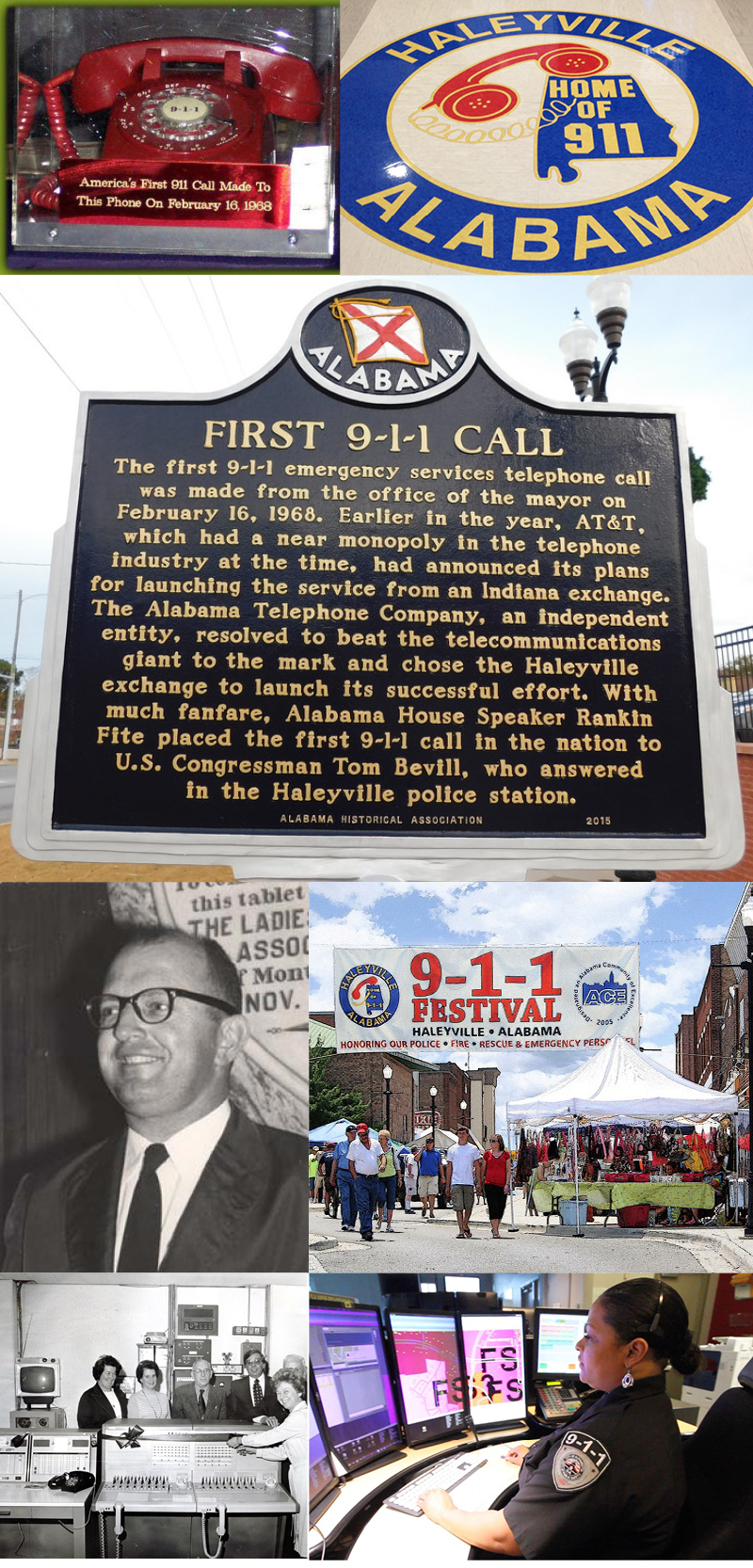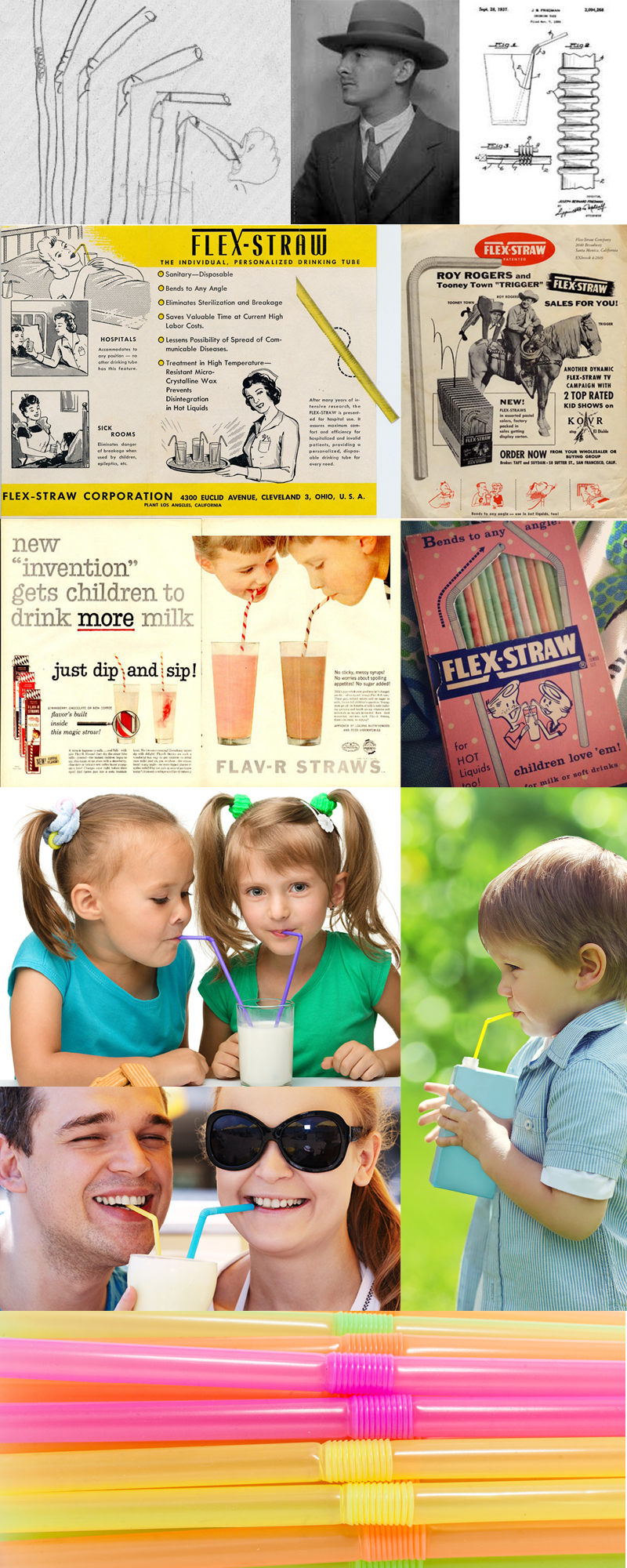Just me, Jim and the sky

Look at all those book covers!! If you never read Huckleberry Finn as a kid, read it now. Then give it to your kids. It’s of a different era but the wisdoms are universal and still true today. At the top left is a nice caricature of the writer Mark Twain.
Sometimes we forget the wonderful lessons we learned reading novels as children. Today marks the 137th anniversary of the publication of Mark Twain’s masterpiece novel Adventures of Huckleberry Finn (it can be read online for free HERE. Ernest Hemingway said it was the best novel America has ever produced, and that all great American novels were inspired by it. Adventures of Huckleberry Finn offers us a meaningful view about life in 19th century Missouri, where the author himself spent most of his early years. It is a novel filled with incongruities and great life lessons about honesty, freedom, and friendships. Throughout the story, Huck is in moral conflict with the values of the society in which he lives – often unable consciously to rebut those values even in his thoughts. In the end, he makes a moral choice (TALK ABOUT A PIA (PAIN IN THE @%$) JOB!) based on his own valuation of Jim’s friendship and human worth – a decision in direct opposition to the things he has been taught. Twain, in his lecture notes, proposes that “a sound heart is a surer guide than an ill-trained conscience.” (wow – love it). Below are just some of the “lessons” we should have learned from the novel. I’m sure you have your own reflections on this classic, so be sure to email me at skowalski@khtheat.com and share. Many thanks to Youthtime Magazine, Prezi and Wikipedia for the insights. Enjoy!
Always keep your word.
An honest and warm friendship develops in the novel between Huckleberry Finn and Jim, a slave who lives in the house of the Widow Douglas. She is a woman who takes care of Huck and tries to civilize him. Huck’s father is a local drunk and he is not much support to Huck in that sense. After the two boys run away from home, their friendship gets stronger and stronger. At one point, Huck teaches us about integrity and loyalty. Even in situations when doing so might be dangerous:
Jim: “But mind, you said you wouldn’ tell—you know you said you wouldn’t tell, Huck.”
Huck: “Well, I did. I said I wouldn’t, and I’ll stick to it.”
Sometimes, you just have to accept social courtesies and play along.
At one dinner, Huck observes the people who are sitting at the table. And as he listens to their conversation, he notices that there are some implied agreements that seem like complete nonsense to him. But still – they are a fact of life:
“Mary Jane, she set at the head of the table, with Susan alongside of her. And said how bad the biscuits was, and how mean the preserves was, and how ornery and tough the fried chickens was—and all that kind of rot. The way women always do for to force out compliments; And the people all knowed everything was tiptop, and said so—said “How DO you get biscuits to brown so nice?” and “Where, for the land’s sake, DID you get these amaz’n pickles?” and all that kind of humbug talky-talk, just the way people always does at a supper, you know. It seems silly, but everybody does it, concludes Huck.”
Being a part of this world requires some lying skills.
Although Huck is, deep down, a good kid – he has come to realize that you have to be wily and play accordingly. If you wish to survive, being completely sincere is not a sign of strength. But a sign of weakness because the world will eat you up. Some amount of lying can be harmless, but of great use. Research shows that some people lie hundreds of times per day (what a number!) – either to avoid inconvenient situations or to make their lives easier. Here’s what Huck has to say about it, in one piece of dialogue:
“I reckon you ain’t used to lying, it don’t seem to come handy; what you want is practice. You do it pretty awkward.”
Having a get-away place is a good thing.
After Jim and Huck leave their homes, they create a sort of friendship pact that gets tested and ruined a few times through the novel. They build a raft together and start living on the river. It becomes a symbol of their rebellion and their refusal to be a part of their world and how pure values can give you a shelter – a safe place to go when you decide to take a break from all the problems:
“We said there warn’t no home like a raft, after all. Other places do seem so cramped up and smothery, but a raft don’t. You feel mighty free and easy on a raft.”
People may refuse to take responsibility for their actions.
We can interact with many different people. Sometimes, we may think we know someone, but that person can disappoint us or let us down. People can be mean and act awful, but it’s just life. That fact isn’t something you will learn in school – it is something you will experience. Life still goes on! Here’s Huck’s resigned conclusion:
“That’s just the way: a person does a low-down thing, and then he don’t want to take no consequences of it.”
Doing what you feel in your gut is right.
The novel’s period, the 19th century in the state of Missouri. It was a time of horrible racism and black slavery. Jim, Huck’s friend, is a slave of the Widow Douglas, the woman who takes care of Huck. Huck is being taught by everyone that there are people whose lives don’t matter, he is being overwhelmed with all the propaganda. White children are taught that they will go to hell if they help a slave run away. The Widow Douglas takes on the obligation of civilizing Huck and teaching him about these values and about good manners. At one point, he writes a letter in which he rats out his friend Jim and practically betrays him. But then comes the moral climax of the story. Huck concludes that, if that means being civilized, he doesn’t what to be a part of civilized society.
“I took up the letter and held it in my hand. I was a-trembling, because I’d got to decide, forever, betwixt two things, and I knowed it. I studied a minute, sort of holding my breath, and then says to myself: “All right then, I’ll go to hell”—and tore it up. It was awful thoughts and awful words, but they was said. And I let them stay said; and never thought no more about reforming.”
Strive to be more than average and to live truly the life you’ve been given.
Average is such an awful word. To be average means to be safe, somewhere in the middle, not giving a bad or a good impression. To live average means to have a steady heartbeat at all times, it means not getting too involved in the world, not getting too exposed. It means staying quiet. Mark Twain sums it up in one sentence:
“The average man don’t like trouble and danger.”
You’ll have to live with your conscience, no matter what you do.
Doing the right thing is hard, but honorable. Just think about the alternative and whether you could sleep peacefully at night. As Twain says:
“What’s the use you learning to do right, when it’s troublesome to do right and ain’t no trouble to do wrong, and the wages is just the same?”
Life gives us a hard time, but it’s a good thing.
If you keep doing the same things over and over again, not only will you get bored, but you’ll be trapped in the status quo. Luckily, life makes sure that you don’t fall into a routine and that nothing ever goes completely according to plan. We go through tests and temptations, but it’s a good thing. As Twain says:
“We all go through a challenge in life because without a challenge there’d be no reason to keep going towards your future.”
————
Friendship. Honesty. Hard Work. Trust. Freedom. Faith. Virtues we often forget in this nutty world. Thanks Huck and Jim for reminding us what’s really important in life.
::::::::::::::::::::::::::::::::::::::::::::::::::::::::::::::::::::::::::::::::::::::::::
DO YOU LIKE CONTESTS?
Me, too.
As you may know the Kowalski Heat Treating logo finds its way
into the visuals of my Friday posts.
I. Love. My. Logo.
One week there could be three logos.
The next week there could be 15 logos.
And sometimes the logo is very small or just a partial logo showing.
But there are always logos in some of the pictures.
So, I challenge you, my beloved readers, to count them and send me a
quick email with the total number of logos in the Friday post.
On the following Tuesday I’ll pick a winner from the correct answers
and send that lucky person some great KHT swag.
So, start counting and good luck!
Oh, and the logos at the very top header don’t count.
Got it? Good. :-))))
Have fun!!
::::::::::::::::::::::::::::::::::::::::::::::::::::::::::::::::::::::::::::::::::::::::::







